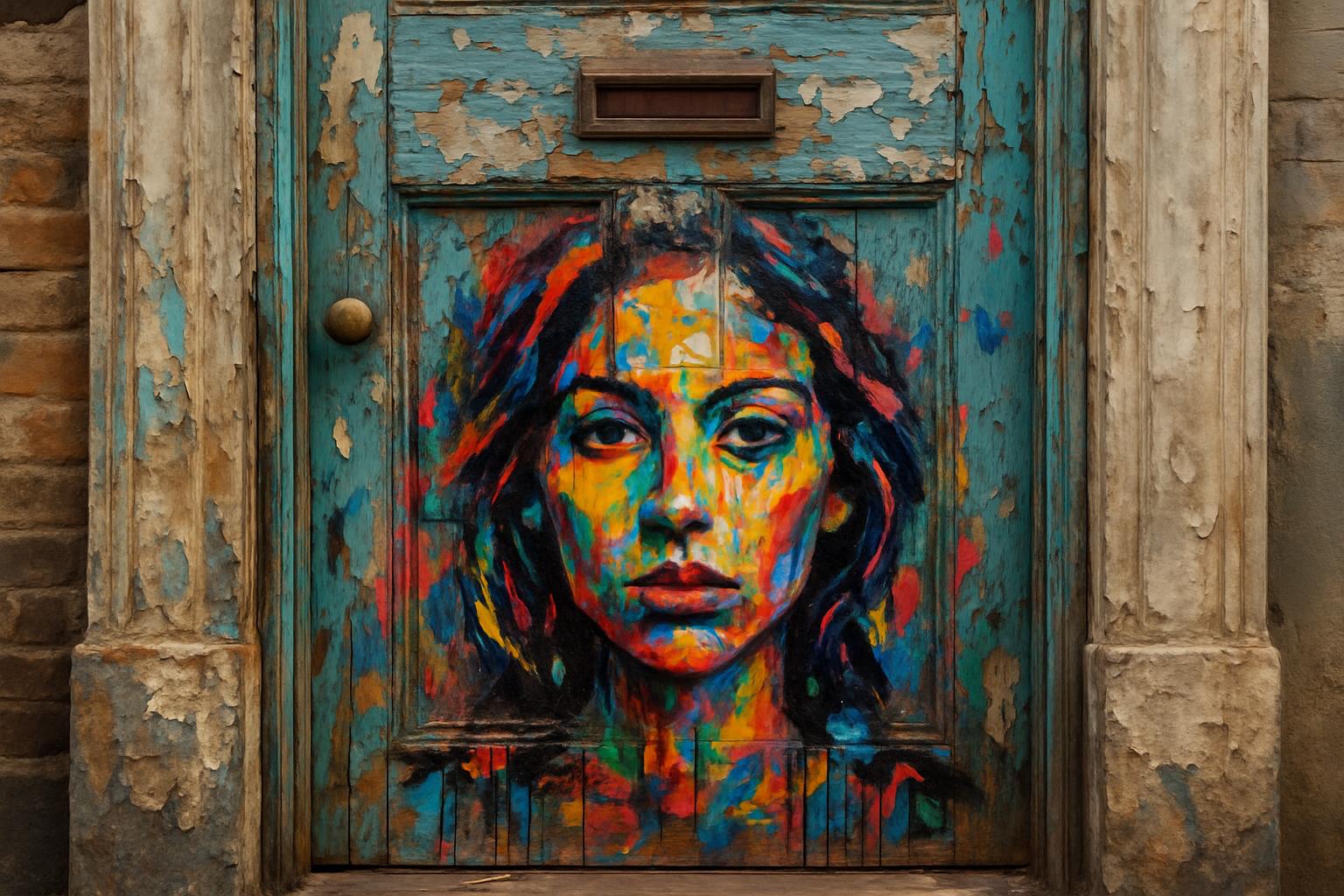Chelsea, with its storied past steeped in art, literature, and music, continues to captivate those drawn to a culturally rich lifestyle. As the Chelsea Arts Festival approaches this September, featuring luminaries such as Elizabeth Day, Stephen Fry, Sir Lenny Henry, Kate Mosse, Ian McEwan, and Twiggy, the spotlight shines on some of the most remarkable properties in the area that have been home to celebrated creatives.
One such distinguished address is 24 Cadogan Square, a Grade II listed townhouse that has been restored meticulously to reflect its original splendour. The property lies in a neighbourhood historically favoured by writers, actors, and photographers, including novelist Arnold Bennett and the iconic actor Christopher Lee. Not far from this residence is 82 Cadogan Square, once owned by John Barry, the acclaimed composer behind many James Bond scores. This particular house gained cinematic fame as the exterior of M’s home in the 2012 James Bond film "Skyfall," underscoring Chelsea’s ongoing connection to film and music heritage.
Mallord Street offers another fascinating slice of Chelsea’s artistic lineage. Designed in 1911 by renowned architect Ralph Knott as a home and studio for watercolourist Cecil Arthur Hunt, this street boasts Edwardian Arts and Crafts homes that have attracted a literary and artistic elite. It later became the residence of the renowned Hungarian pianist Louis Kentner. The street itself honours the legacy of English Romantic painter J.M.W. Turner, after whom it was named, and has a rich history of residents including the beloved children's author A. A. Milne, creator of Winnie-the-Pooh, who lived there from 1919 to 1942.
Avenue Studios, with its unique history, stands on grounds that once housed Henry VIII’s stables before being transformed around 1850 into a thriving artists' studio space. Baron Carlo Marochetti, Queen Victoria’s favourite sculptor, shared this space with Sir Edwin Landseer, together crafting the lions at the base of Nelson’s Column. Over time, the studios hosted a cadre of prominent artists such as Sir Alfred Gilbert, renowned for his famous Eros statue, as well as John Singer Sargent, Charles Lutyens, Whistler, and even Queen Victoria herself. The space carries whisperings of activism too, with the Suffragettes reputed to have operated a secret press from the cellar, weaving an intriguing narrative of art and history.
Radnor Walk is home to a four-bedroom townhouse that has attracted notable sculptors and designers, including the Australian William Leslie Bowles and the Irish John Frances Kavanagh. British sculptor Francis Derwent-Wood and interior decorator Lady Henrietta Spencer-Churchill also lived there, cementing the street's cultural significance.
Perhaps one of Chelsea’s most iconic residences is 15 Cheyne Walk, built in 1717 and thoughtfully reimagined under English Heritage's guidance. This Grade II* listed townhouse encompasses historical fragments such as the garden wall from Henry VIII’s Manor. Over centuries, it has welcomed a diverse range of illustrious inhabitants: Henry Thomas Ryall, an engraver favoured by Queen Victoria; landscape painter Cecil Gordon Lawson; and political figures like David Lloyd George and Sylvia Pankhurst. The street itself has been a magnet for literary giants George Eliot and Henry James, as well as rock legends Keith Richards and Mick Jagger, highlighting Chelsea’s singular blend of historic artistry and modern cultural vibrancy.
For those inspired to experience Chelsea's cultural tapestry firsthand, the Chelsea Arts Festival, running from 18 to 21 September 2025, provides a perfect occasion. Events will be hosted at notable venues such as Cadogan Hall, the Saatchi Gallery, and The Royal Court Theatre, making it an ideal moment to explore both the heritage homes and their contemporary cultural scene.
Chelsea continues to be a vibrant quarter where historical richness meets creative energy, offering residents and visitors alike a rare, immersive connection to London’s illustrious artistic legacy.
📌 Reference Map:
- Paragraph 1 – [1], [2]
- Paragraph 2 – [1], [2], [3], [4]
- Paragraph 3 – [1], [2], [5], [6], [7]
- Paragraph 4 – [1], [2]
- Paragraph 5 – [1], [2]
- Paragraph 6 – [1], [2]
- Paragraph 7 – [1], [2]
Source: Noah Wire Services
